Phishing Attacks in 2021 Trending Due To Pandemic
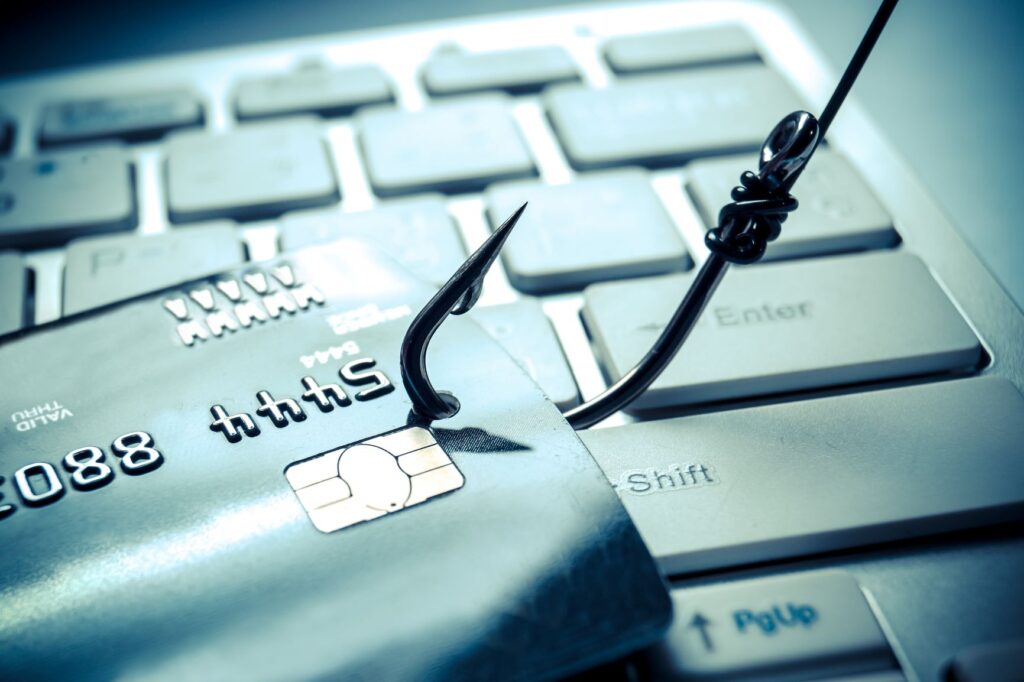
Hackers have made some nefarious choices over the past several months. Many of which involve using the COVID-19 pandemic to spread their influence and steal data through phishing attacks. Let’s explore how these cybercriminals have leveraged a global disaster to their benefit and some ways that you can keep your business secure. According to SecureList, […]
Best Password Practices from NIST
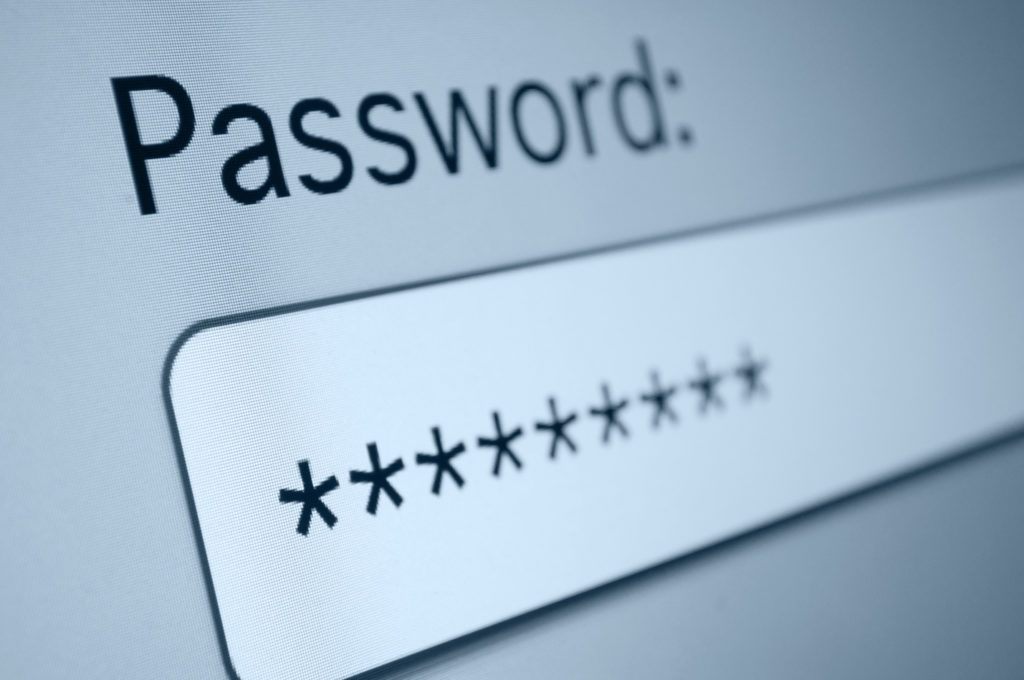
When a hacker tries to access one of your accounts, the first challenge they must overcome is the password. This is why industry professionals always encourage you to create them with security in mind. The latest guidelines issued by the National Institute of Standards and Technology, or NIST, are not quite conventional or traditional. However, […]
3 Cyber Security Issues Businesses Should Prepare For
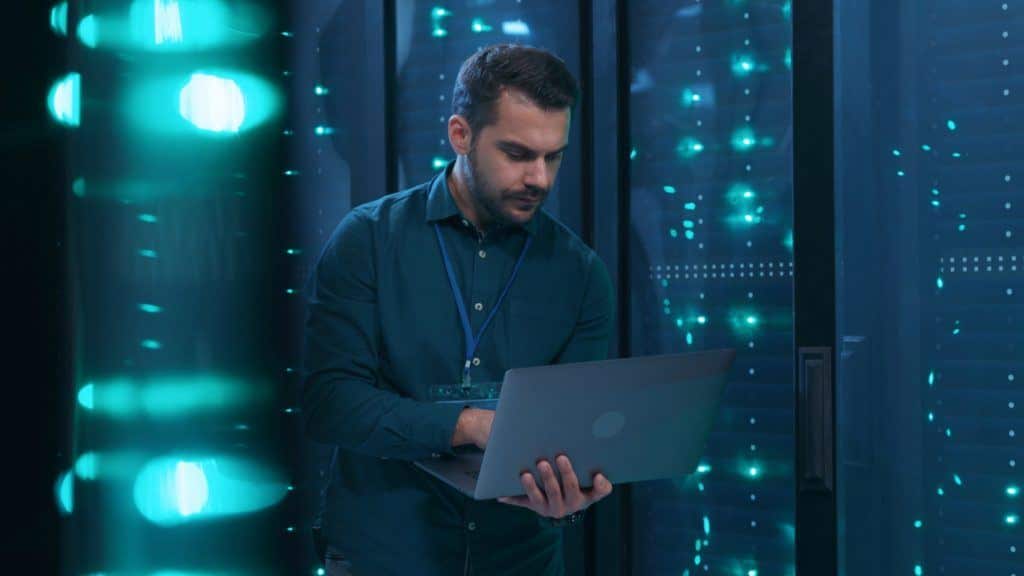
Cyber security should be a top priority for all businesses, regardless of size. The unfortunate reality is that many business owners do not take the necessary steps to secure their data, which could lead to significant problems further down the line. As technology becomes more advanced and hackers become more sophisticated, it is important to stay […]
The Android Botnet that Victimized Consumers and Advertisers
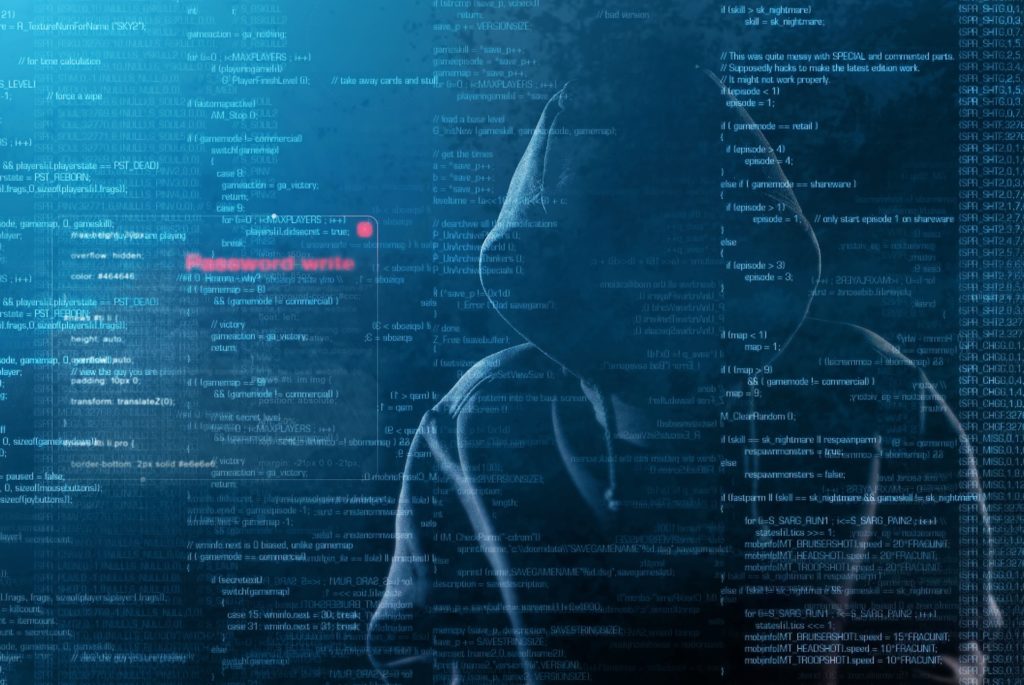
“If it sounds too good to be true, it probably is.” Unfortunately, over 65,000 users neglected to observe this time-honored adage and proceeded to download a “free” app. It came with the promise of, among other things, a free pair of tennis shoes. Before it was all over, the online criminals had spoofed over 5,000 […]
350,000+ Personal Data Exposed After Preen.Me Attack
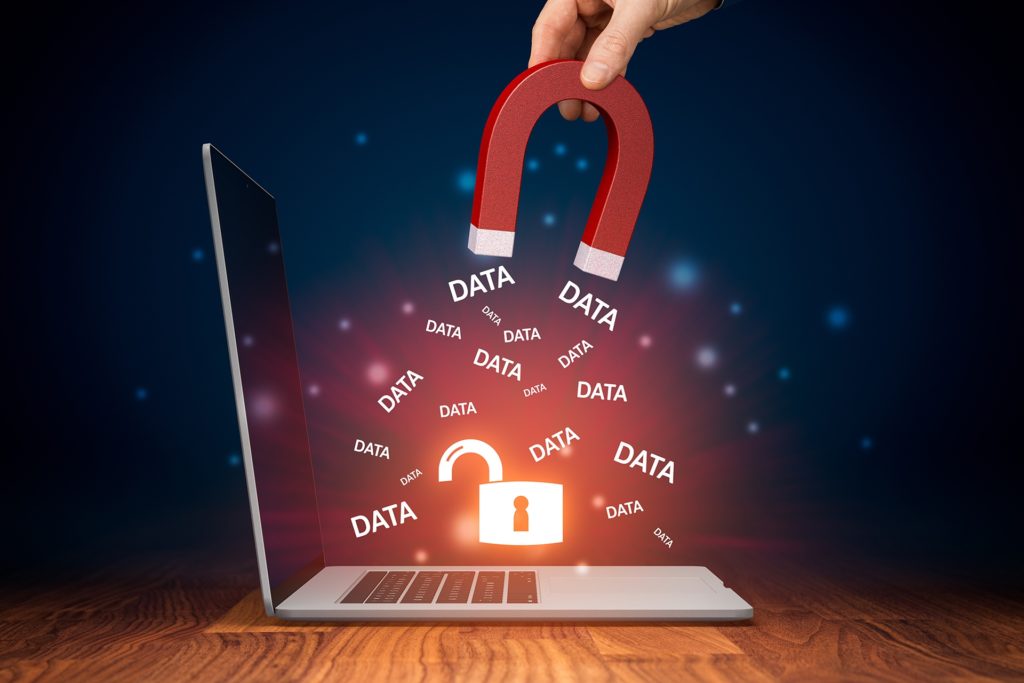
It’s the rare business that can survive without marketing and social media efforts, so when a social media marketing company like Preen.Me comes under a cyber attack, it invariably adversely affects many, many interested parties. And with Preen.Me’s recent hack, that’s exactly what happened. Over 100,000 social media influencers have had their personal data stolen […]

